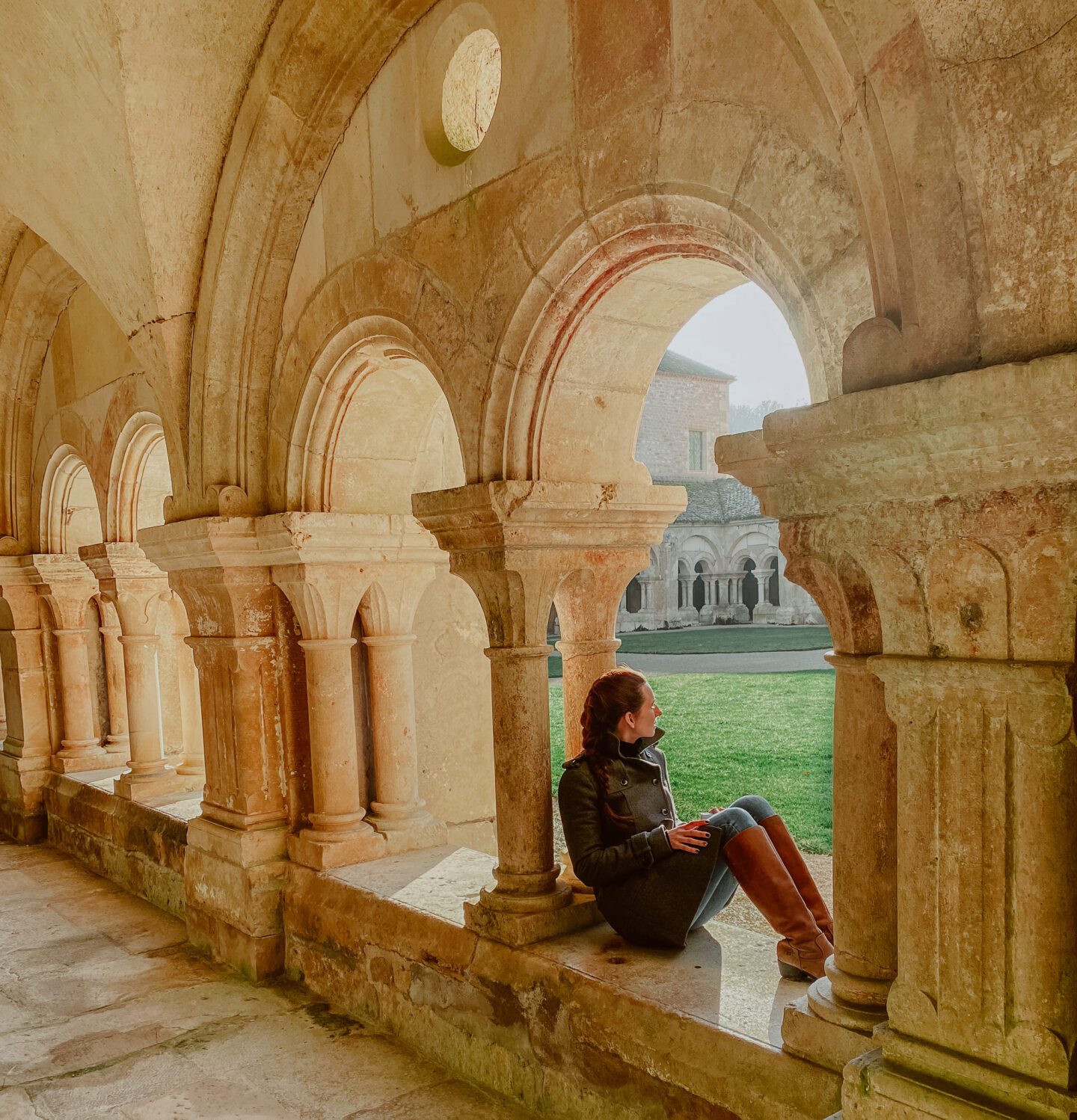
France’s Wine History
A comprehensive understanding of wine requires an appreciation of the language, culture, and history of the country in which it is produced. In France, wine culture is intimately intertwined with the country’s religious, historical, and cultural heritage, with wine serving as an important element of religious ceremonies for centuries. Additionally, wine-related sites have often played critical roles during times of war, providing an invaluable lens into the complex tapestry of France’s past. From the verdant vineyards of Bourgogne to the legendary Champagne cellars of Epernay, exploring these sites presents a singular opportunity to unravel the intricate threads of France’s wine culture and its influence on the country’s rich and varied heritage. In this article, we will explore the ten most exceptional sites in France that reflect this connection, hoping to inspire further curiosity and exploration.
The Cross of Romanée-Conti
The Cross of Romanée-Conti marks the spot where one of the world’s most prestigious wine appellations was first established in the early 1700s. The vineyard is known for producing some of the world’s most prestigious and expensive wines, and the cross has become a symbol of the region’s long and storied history of winemaking. Erected by the widow of Jacques-Marie Duvault-Blochet, the owner of the Romanée-Conti vineyard at the time, the cross was placed on the site of an old oak tree that had been a landmark for vine growers in the region. Located in the Cote du Nuits just outside the village of Vosne-Romanee. It is revered by wine enthusiasts around the world. The cross is considered to be one of the most significant landmarks in the Bourgogne wine region. Visit by car when staying in Beaune or Dijon.


Champagne Cellars in Epernay
Champagne is one of the most famous and celebrated wines in the world, and its production is deeply rooted in the history of the Champagne region. While some of the oldest cellars in Champagne were dug by the Romans, the majority were developed in the 17th century, following the boom in sparkling wine production in the region. Champagne can only be called Champagne if it is produced in the region of Champagne.
It’s fascinating to note that underground champagne cellars hold more champagne than above-ground storage facilities at any given time. These labyrinthine cellars, located beneath the world-renowned Avenue of Champagne, are primarily used for “Sur Latte”, a method of stacking bottles on their sides to maximize space. This is how Champagne is stored during the crucial second fermentation and aging process, before being placed in riddling racks to prepare for disgorgement. But, these cellars have served various other purposes throughout history, particularly during times of war. In World War I, they were transformed into hospitals for wounded soldiers, while in World War II, they became classrooms for children and hiding places for the French resistance.
Today, the cellars in Champagne offer visitors a unique opportunity to explore the history and production of this world-famous wine. A visit to these cellars is an experience like no other, evoking a deep sense of awe and wonder at the region’s enduring legacy, the exceptional artistry of its winemakers, and the harrowing wartime struggles that shaped its history.
Read more about Champagne in these ARTICLES
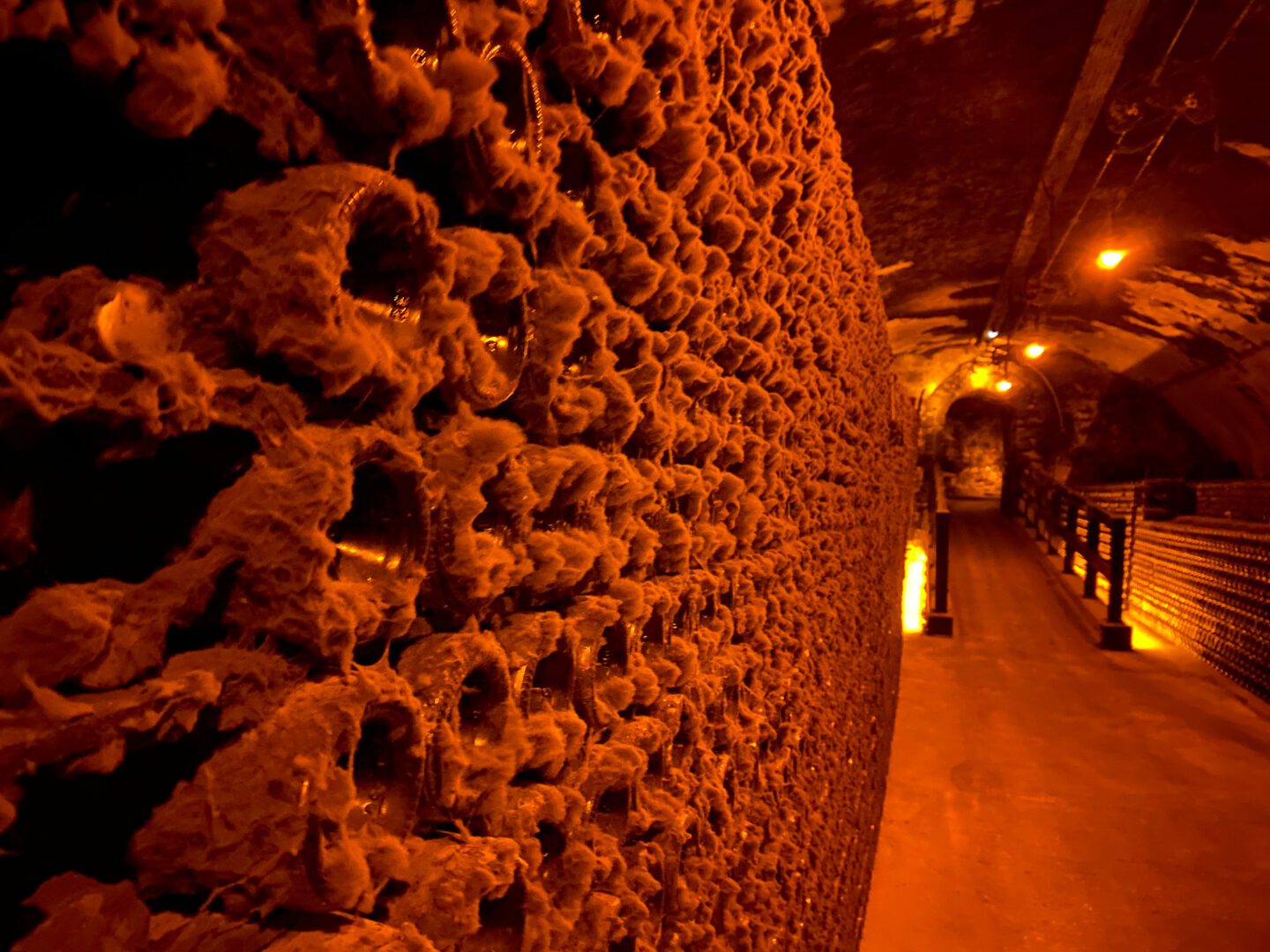
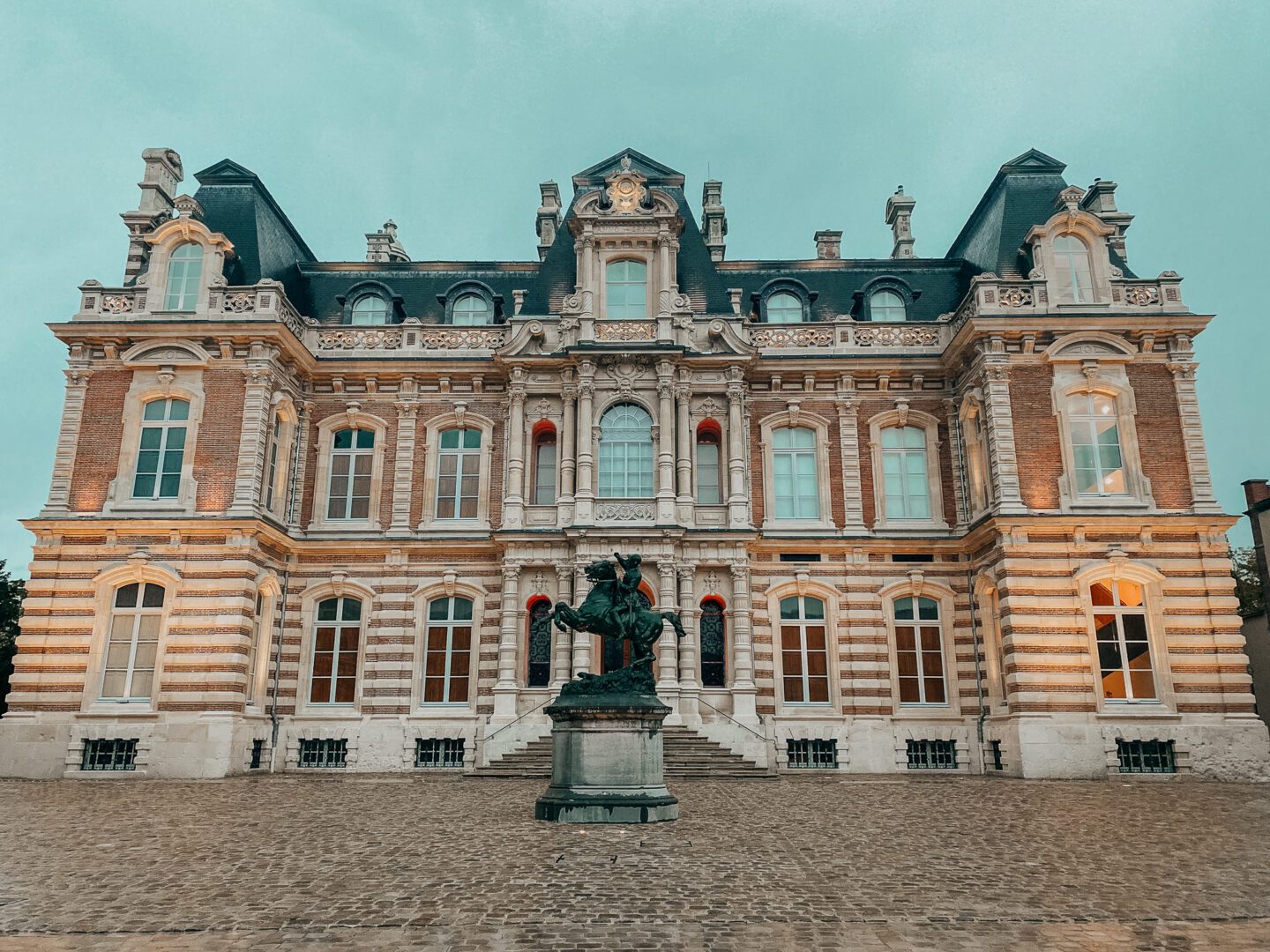
The Palais des Papes
The intersection of Catholicism and wine is a longstanding tradition, and the Palais des Papes in Avignon, France is a testament to this historical link. Constructed in the 14th century, the Palais was the residence of the popes during their exile from Rome and served as the seat of the Catholic Church during the Avignon Papacy. This magnificent palace symbolizes the immense power and influence of the Catholic Church in medieval Europe and left an indelible mark on the political and cultural history of the region. Interestingly, the nearby wine appellation of Châteauneuf-du-Pape derives its name from the “new chateau of the pope”, reflecting the fact that the papacy maintained a second residence in the area.
In times of crisis, even the pope sought refuge in the vineyards of Châteauneuf-du-Pape. During the black plague, the pope abandoned the Palais des Papes and resided in Châteauneuf-du-Pape to avoid potential contamination. The palace underwent numerous expansions and renovations over the centuries, adapting to the changing needs and styles of its occupants. Today, the Palais is a UNESCO World Heritage Site and a popular destination for visitors from around the globe, who come to experience its historical significance and magnificent architecture. The Palais des Papes stands as a captivating testament to the cultural and historical legacy of the Avignon Papacy and its profound influence on the development of Western Europe.
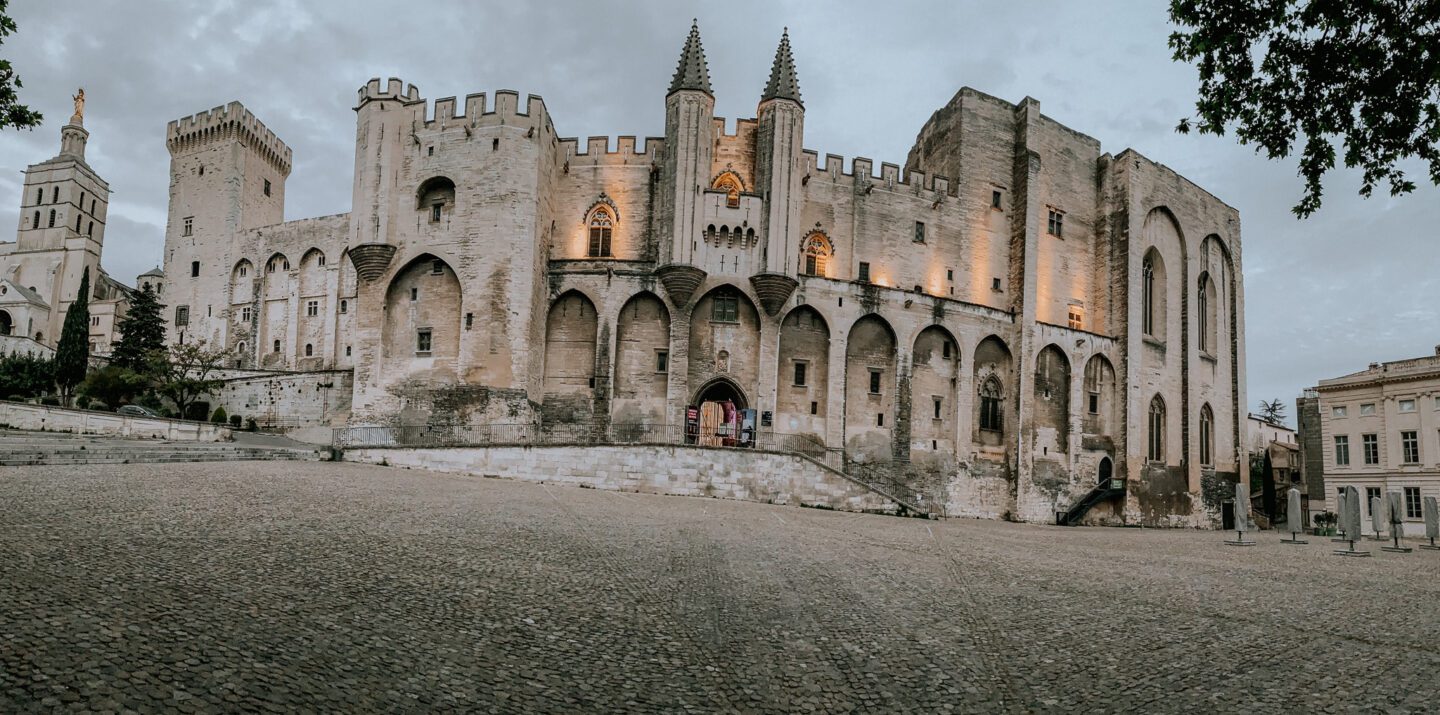
Wine Villages of Alsace: Eguisheim, Kaysersberg and Thann
Nestled along France’s eastern border lies the picturesque wine region of Alsace, which boasts a distinctive culture and breathtaking scenery. Unlike other French wine regions, Alsace uses varietal labeling and cultivates unique grape varieties such as Riesling and Gewurztraminer. Along the famous Alsace wine route, visitors can explore charming villages that showcase the region’s rich cultural heritage and offer a fascinating cross-section of French and German influences.
Protected by the Vosges mountains, Alsace benefits from a rain shadow that creates a unique microclimate for viticulture. The region’s diverse soils contribute to the complexity of its wines, with 13 distinct soil types found throughout the area. Some villages in Alsace are home to Grand Crus vineyards, which are known for their steep terrain and require heroic viticulture techniques to cultivate.
Immersing oneself in the local cuisine and exploring the quaint villages along the Alsace wine route provides a rich cultural and gastronomic experience. With its unique blend of French and German influences and its rich history of winemaking, Alsace is a true gem of the French wine landscape.

Abbey of Fontenay
The Bourgogne wine region of France is home to the impressive Abbey of Fontenay, the oldest preserved Cistercian abbey in the world. Built between 1139 and 1147 by Abbot Guillaume, with the support of Bishop Ebraud of Norwich, the abbey was consecrated by Pope Eugene III, a former disciple of St Bernard and a Cistercian himself.
Following the departure of the monks during the French Revolution, the abbey was repurposed as a paper mill by the Montgolfier brothers. However, the legacy of the Cistercian monks who once lived at the abbey lives on, as they were renowned for their devotion to hard work and discipline, and played a pivotal role in the development of the wine industry in the region. The Abbey of Fontenay stands as a testament to the rich history and cultural heritage of France, and continues to captivate visitors with its stunning architecture and storied past. Best explored by car when staying in Beaune, Chablis or Dijon.

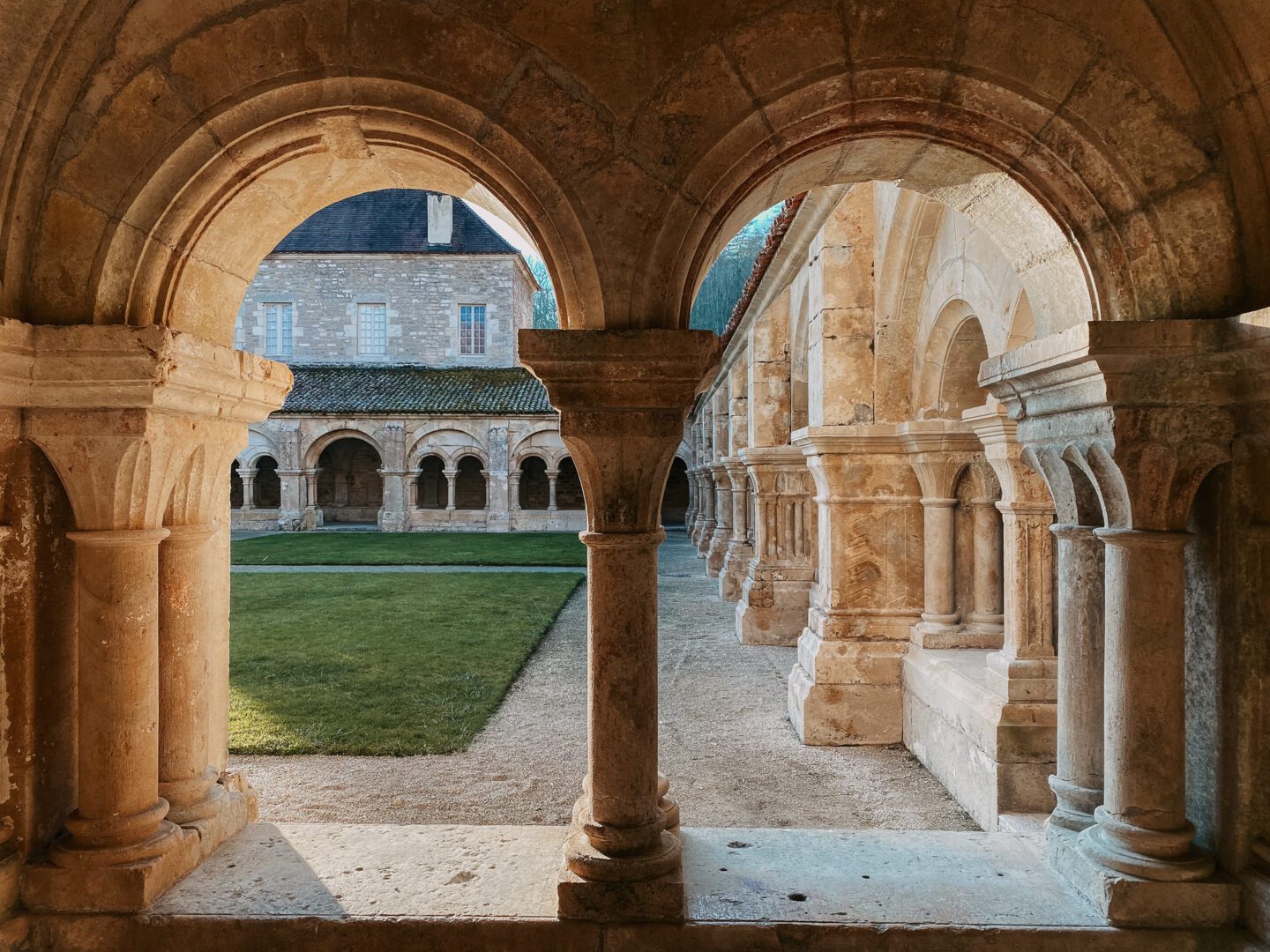
Village of Saint-Emilion
The origins of the village of Saint-Emilion can be traced back to the 8th century, when a monk named Emilion lived there and gained a reputation for his healing abilities and piety. Pilgrims from far and wide visited his home, where it was believed that touching its walls would impart miraculous healing powers. Legend had it that sitting in Emilion’s chair within the hermitage would result in pregnancy within a month.
In the 12th century, a monolithic church was built in the village, featuring an underground chapel that is still in use today. Over the centuries, the vineyards of Saint-Emilion continued to flourish, and the wines produced there gained an international reputation for their quality and flavor.
Today, the village of Saint-Emilion is a UNESCO World Heritage Site and a popular tourist destination, drawing visitors from around the world to explore its rich history and culture. The village’s connection to wine culture is an important part of its heritage, and it remains a testament to the enduring love affair between the people of Bordeaux and their world-famous wines.
Read more about Bordeaux in these ARTICLES.

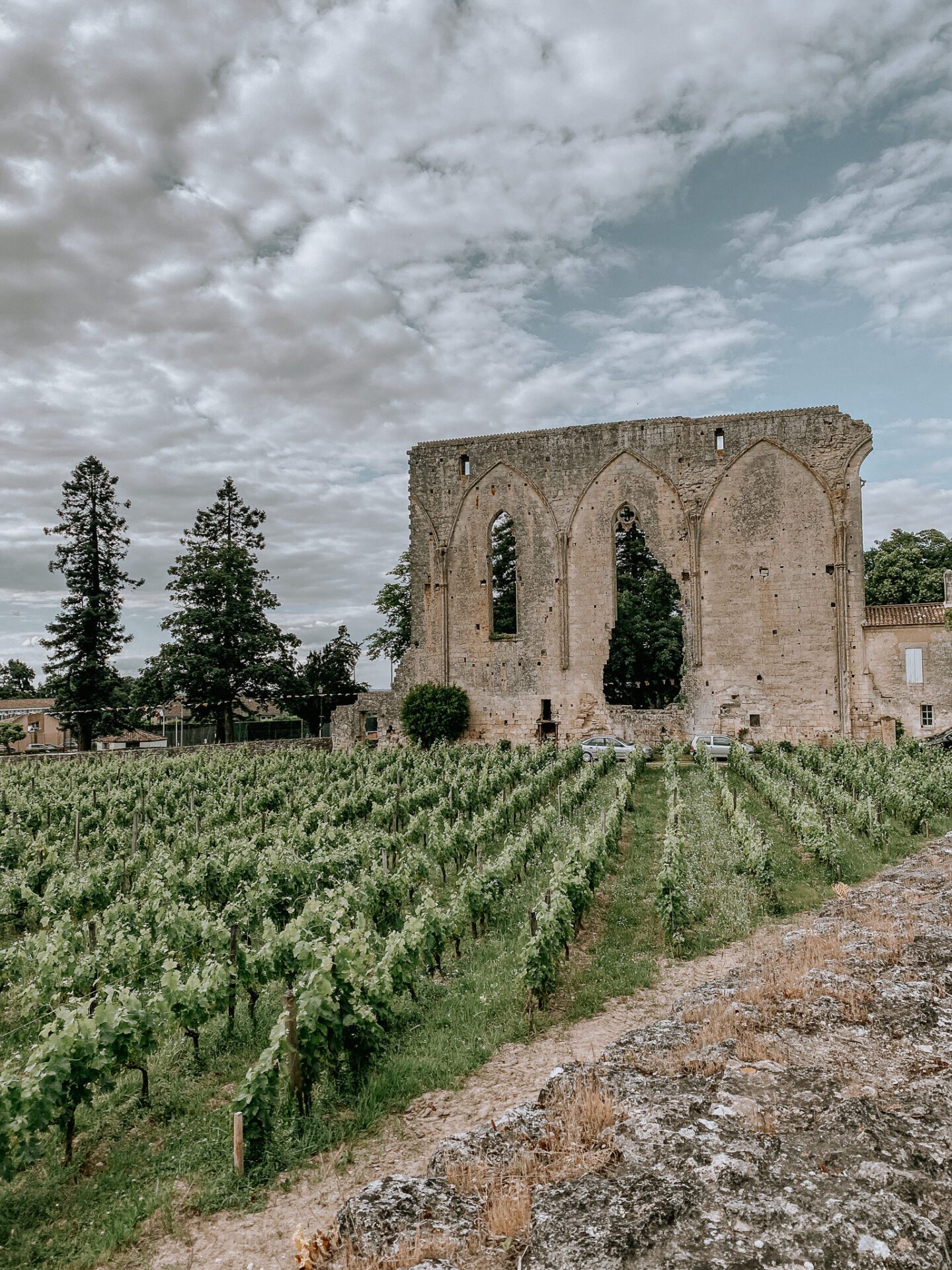
Reims Cathedral
Reims Cathedral, located in the Champagne region of France, is a celebrated example of Gothic architecture in Europe. Archbishop Aubry de Humbert laid the first stone on May 6, 1211. The cathedral’s historical significance is rooted in its role as the site of French coronations. Following the baptism of Clovis, King of the Franks, by Bishop Remi in 498, Reims became the primary location for the crowning of French monarchs. In total, 33 French kings were crowned in the cathedral of “The Coronation City”.
During World War I in 1914, the cathedral suffered significant damage from German bombardments. The roof caught fire, the stained glass windows shattered, and the statues were mutilated. The cathedral underwent a lengthy and meticulous restoration process, and it was finally reopened in 1938. Its restoration was a symbol of hope and resilience for the people of Reims and France as a whole. Today, Reims Cathedral remains an important cultural landmark, inviting visitors from around the world to explore its rich history and architectural grandeur.
The Vineyards of Paris
Paris boasts a long and fascinating history of winemaking, with the area of Saint-Germain-des-Prés in the heart of the 6th arrondissement serving as a prime example. This chic shopping district was once home to a large vineyard that was established for the church that had existed since the 6th century, providing further evidence of the longstanding connection between religion and wine culture in France. Although the vineyards that once surrounded the city disappeared over time, the tradition of winemaking never truly disappeared.
In the early 1930s, artist Francisque Poulbot led the effort to create a vineyard in a neighborhood park, which eventually became known as the Clos Montmartre, Paris’ largest and most famous vineyard. The vineyard produces around 1,500 bottles of wine per year, which are auctioned off during the annual Grape Harvest Festival. Today, there are over six vineyards located throughout Paris. The recent resurgence of urban vineyards throughout the city reflects the enduring legacy of French winemaking and its continued relevance in contemporary society.
Read more about Paris in these ARTICLES.

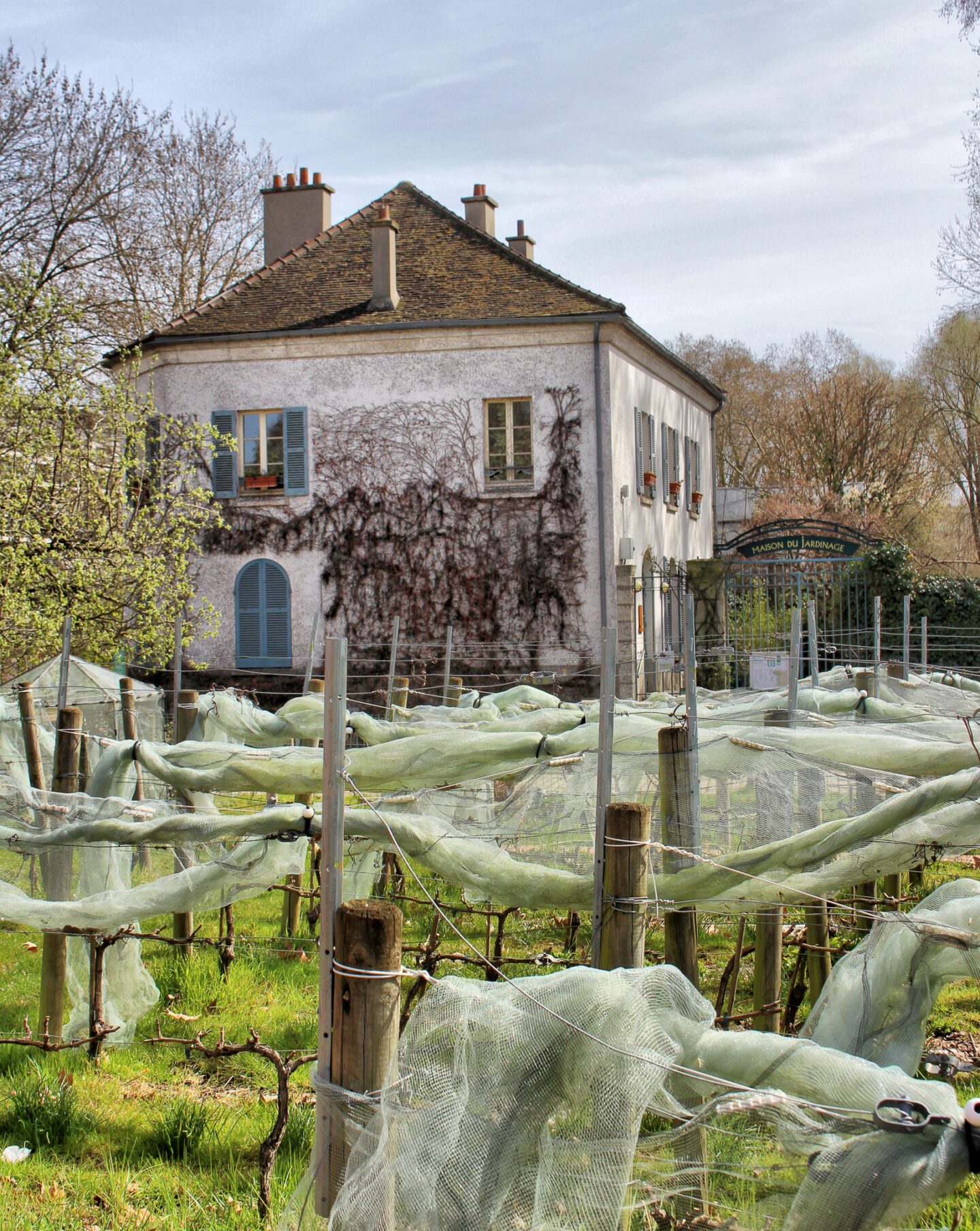
Hospice de Beaune
The Hospices de Beaune, also known as the Hôtel-Dieu de Beaune, is a former charitable almshouse in the town of Beaune. Founded in 1443 by Nicolas Rolin, the chancellor of Burgundy, and his wife Guigone de Salins, the Hospices served as a hospital for the poor and the sick. Its iconic glazed tile roof, which has become a symbol of Burgundy, was added in the 16th century.
Today, the Hospices de Beaune is a museum and a cultural center that attracts visitors from around the world. The complex includes the historic hospital building, the Hôtel-Dieu, as well as a medieval courtyard, a chapel, and a museum that displays some of the finest examples of Burgundian art and architecture. Each year, in November, the Hospices hosts the famous Hospices de Beaune wine auction, which is a major event in the Burgundy wine calendar. The proceeds from the auction go to support the charity work of the Hospices de Beaune.
Read more about Bourgogne in these ARTICLES.
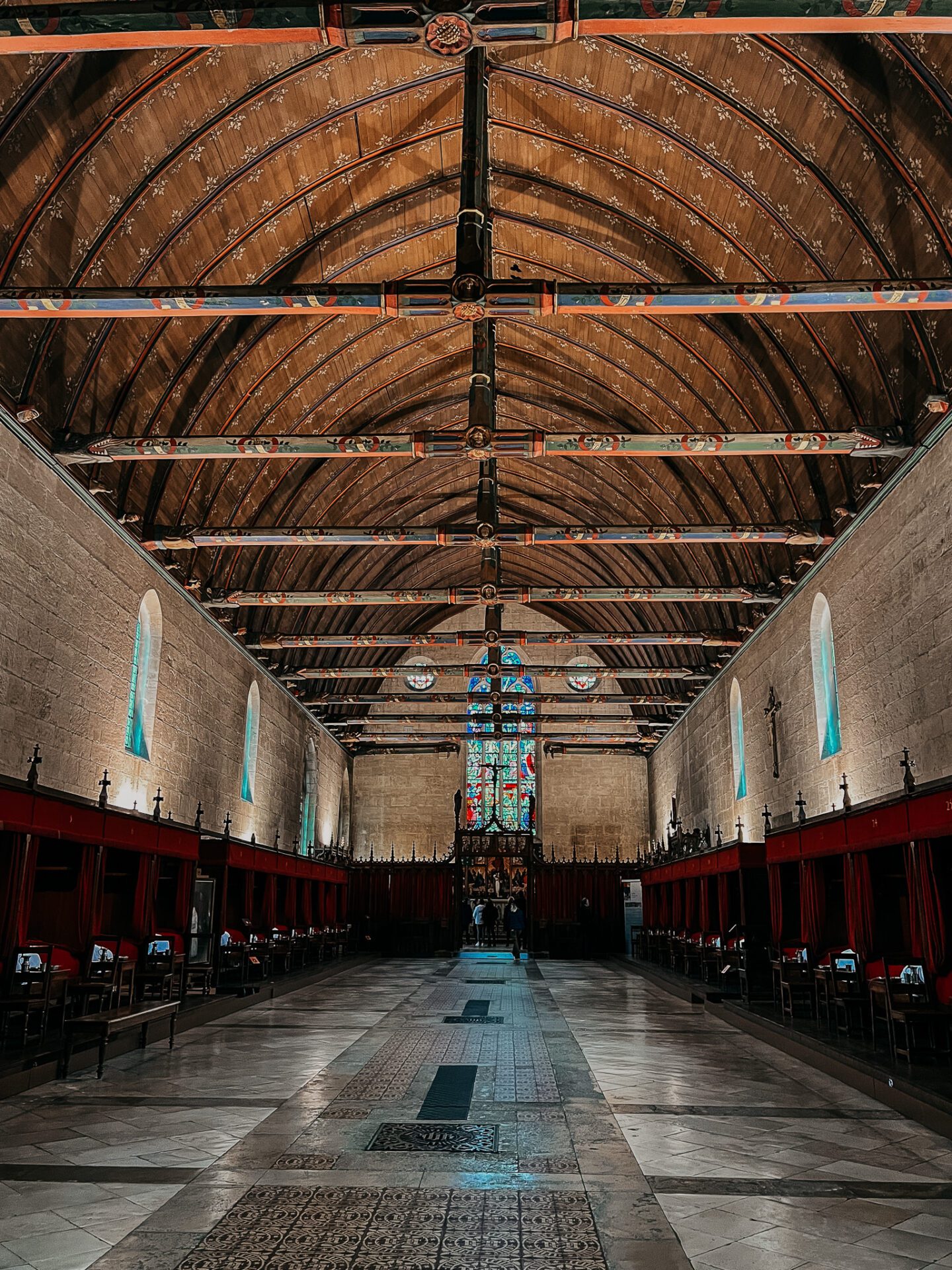
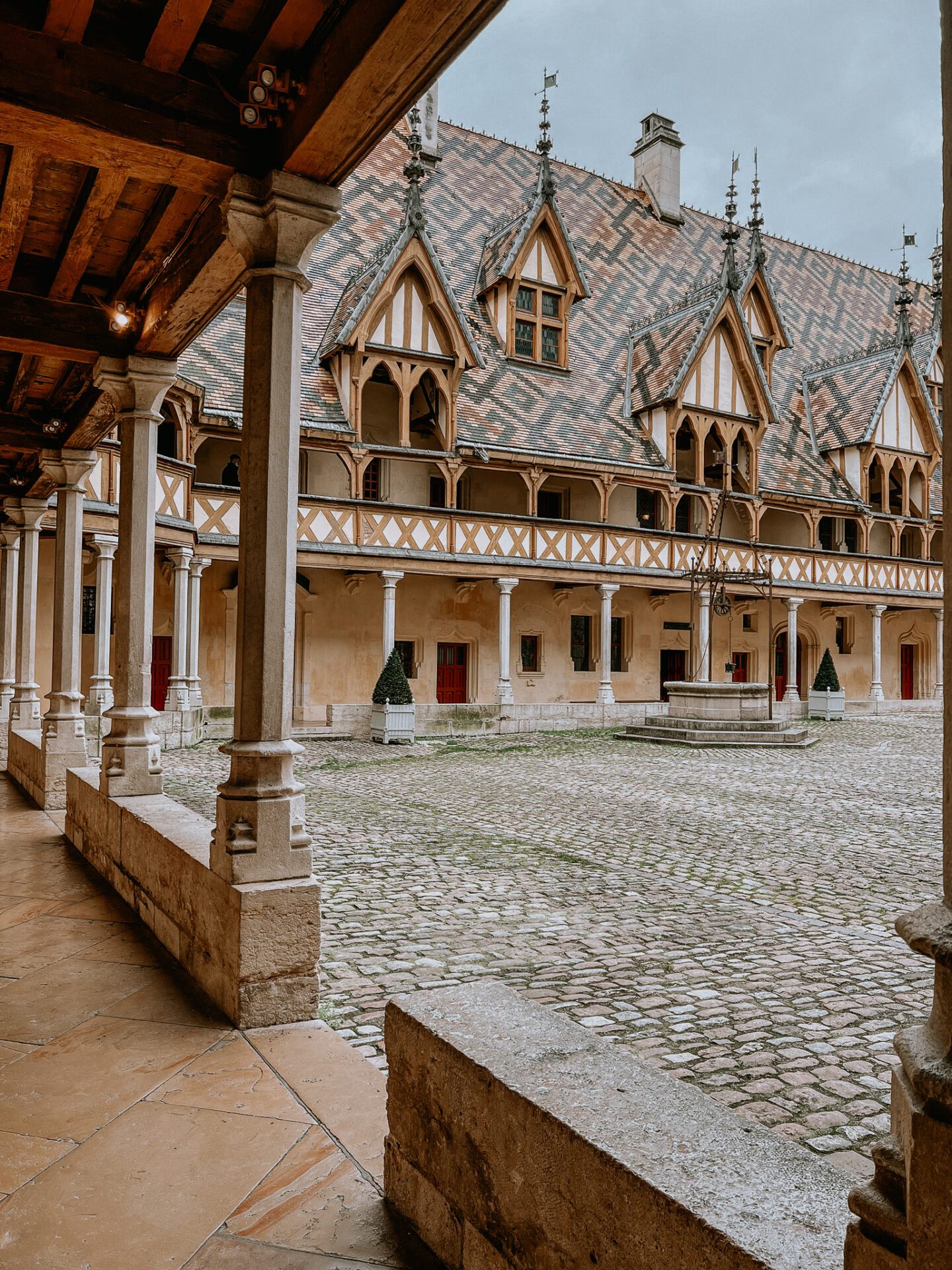
Provençal lands
2,600 years ago, the Phoceans established Marseille and brought with them a remarkable plant that would become France’s first grapevine. As a result, Provence became the country’s inaugural wine region. Although the process of wine-making has evolved over time, the grapevine has remained a staple of the region. The cultivation of grapes began to flourish in the High Middle Ages, with local abbeys such as Saint-Victor Abbey in Marseille, Saint-Honorat on the Lérins Islands, Saint-Pons in Nice, and Le Thoronet Abbey producing wine and selling it at a handsome profit. In the 14th century, the prominent noble families, notables, and grand officers of the Royal Army obtained numerous vineyards in Provence, giving birth to modern-day wine-making in the region.
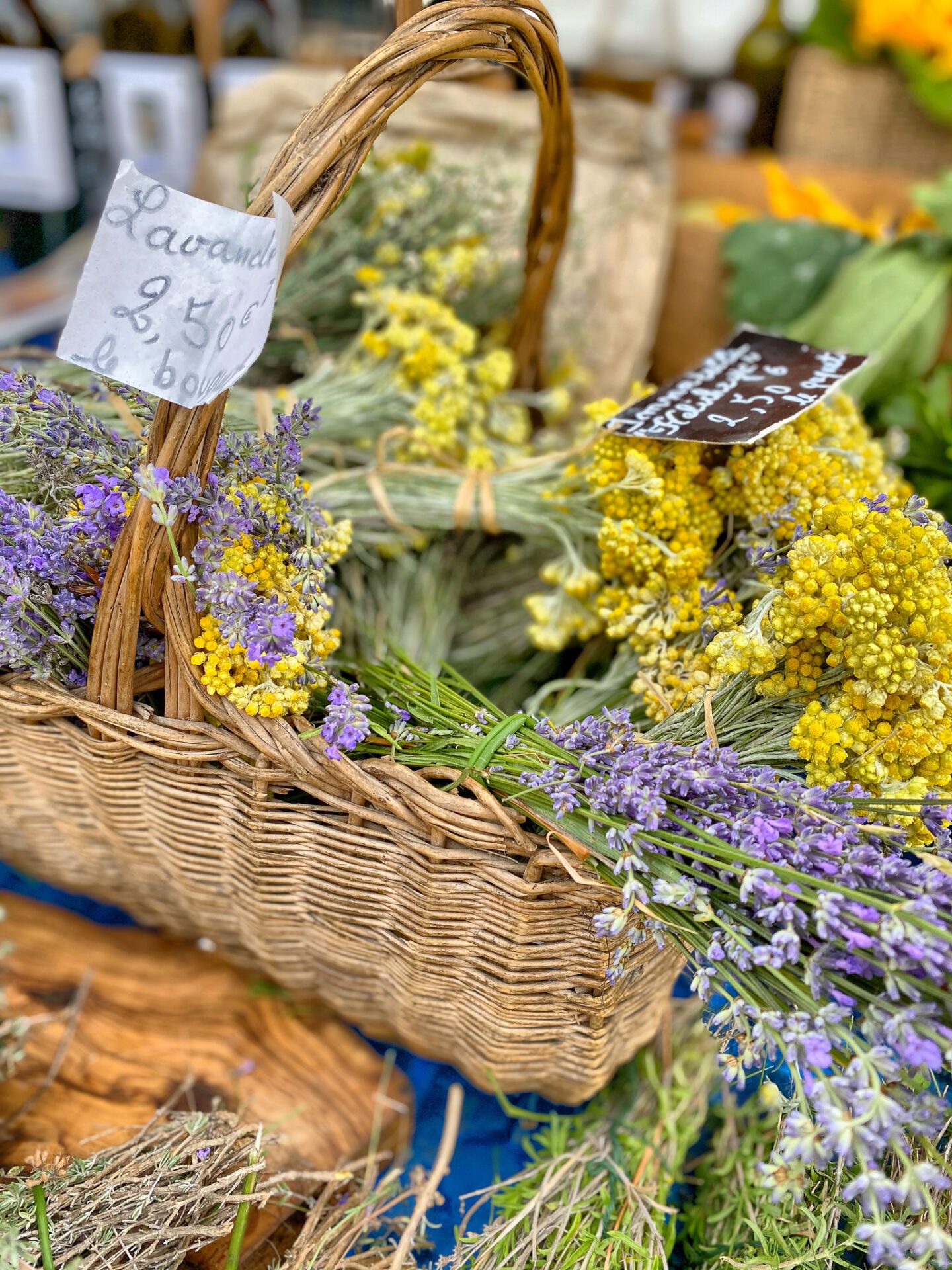

To close, France’s wine culture is deeply embedded in the country’s religious, historical, and cultural heritage. From the Champagne cellars of Epernay to the Abbey of Fontenay in Bourgogne, exploring these sites provides a unique opportunity to unravel the intricate threads of France’s wine culture and its influence on the country’s rich and varied heritage. These exceptional sites showcase the historical link between wine and religion, as well as the role of wine in times of war and crisis. From the breathtaking scenery of the Alsace wine route to the iconic Palais des Papes in Avignon, these sites offer a fascinating glimpse into the enduring legacy of French winemaking. Whether exploring the vineyards of Paris or sampling the wines of Saint-Emilion, visitors will discover the richness and diversity of France’s wine history, culture and the enduring passion and craftsmanship of its winemakers.
To stay updated on the latest articles and resources, we invite you to subscribe to our blog and newsletter and to follow us on social media. Your support will enable us to continue growing our blog and providing you with valuable content about topics such as France’s wine history, travel guides, and more. All photos used in this article are by Emily Lester.